- Introduction
Gender Roles gains specific significance in every writing we come across or read. When you crack open classics like Pride and Prejudice or Jane Eyre, you’re not just stepping into ballrooms and gothic manors. You enter battlegrounds where ideas about gender, agency, and equality are constantly on trial. The question of how women and men were “supposed” to behave didn’t just animate drawing room conversation—it molded destinies and heartbreaks. What’s more, their skirmishes echo in our own debates about glass ceilings and societal expectations.
As a literary enthusiast who’s read and re-read these masterpieces well beyond academic assignments, I find the nuances of gender roles in both novels endlessly fascinating. The authors—Austen and Brontë—were themselves mavericks, pushing against societal boundaries in their private lives as much as on the page. Let’s explore their artful challenges to the status quo, and in the process, reflect on how literature nudges social change.
Gender Roles in Pride and Prejudice
Social Context
Jane Austen’s Regency setting was a world obsessed with class, property, and inheritance. For women, marriage was often “the career,” not just a romantic ideal. Men, by contrast, inherited, worked, or invested—but always with society’s stamp of approval. What jars the modern reader is the relentless urgency placed on women to secure a “good match,” echoing in Mrs. Bennet’s nerves and Lydia’s rashness.
“A single man of large fortune; four or five thousand a year. What a fine thing for our girls!” — Mrs. Bennet
Austen crafts her world with irony but doesn’t mince words—male approval or neglect severely limits women’s prospects for social security, comfort, and even happiness. Being a witty conversationalist, or even having passions outside husband-hunting, was almost an act of rebellion.
Elizabeth Bennet: The Iconoclast
Elizabeth’s brilliance isn’t just in her banter. She’s acutely aware of what’s expected—deference, docility, and “accomplishments”—but refuses to fit the stereotypical mold. She laughs at, questions, and ultimately rejects Mr. Collins’s proposal, even though it would solve her family’s security woes. That insistence on personal happiness over social advancement is nothing short of revolutionary for her era.
True, Austen only lets her rebel so far. Elizabeth’s “happy ending” is still anchored by a marriage, albeit a marriage to an evolved Mr. Darcy who has had to shed his own pride and learn humility. Nevertheless, the ground shifts: the “ideal couple” is based on mutual respect, wit, and emotional honesty—not just wealth and status.
Reflective aside: Sometimes I suspect Austen’s slyest rebellion was giving us a heroine who speaks her mind and still wins the “prize.” She lets us dream of a society where cleverness isn’t a liability in a woman. Would Elizabeth be a CEO today? I’d wager she’d at least run circles around half of them in a debate!
A Genteel Cage for Men Too
We rarely discuss how rigid gender roles cut both ways. Darcy, Bingley, and even Mr. Collins are boxed in by what society expects of “men.” They must be providers, protectors, “masters” of their households, yet often cannot admit vulnerability. Through their awkward courtships and prideful missteps, we see that the script suffocates men too. FULL TEXT
Gender Roles in Jane Eyre
A Bleaker World, a Fiercer Rebellion
Charlotte Brontë sets her narrative in the harsher, more industrialized world of Victorian England—a space often more physically and psychologically confining than Austen’s. Here, poverty and class collide with gender in brute fashion. Jane Eyre, an orphan with little to protect her but her wits and will, faces emotional and physical abuse at gates both literal (Gateshead) and metaphorical (Lowood, Thornfield).
The Victorian woman’s choices? Submission or ostracism. Yet Jane never once betrays herself. When Mr. Rochester asks her to be his mistress, she doesn’t hesitate: “I am not an automaton.” If she must leave love for dignity, so be it. That self-respect is her armor and her rebellion.
Jane Eyre: Agency Above All
One of Jane Eyre’s most radical contributions is its insistence on spiritual equality—not just legal parity. Jane consistently insists on being viewed and loved as a complete person: “It is my spirit that addresses your spirit; just as if both had passed through the grave, and we stood at God’s feet, equal—as we are!” The personal, for Brontë, is always political.
Her journey—from an abused orphan to a woman who can say “no” to what’s easy, and “yes” to what’s right—remains electrifying. She endures near starvation, braves the wild unknown, and only returns to Rochester on her own terms, with her own inheritance. Independence is not just a plot device; it’s the point.
“I am no bird; and no net ensnares me: I am a free human being with an independent will.”
Is Jane too modern for her own moment? Perhaps. But that’s why readers over centuries have seen in her a blueprint for strength. I remember the shock of reading those words for the first time—I felt as if Brontë herself was reaching through time, handing each of us the keys to our own cage.
Boiling Points: Bertha, Class, and Otherness
No discussion is complete without mentioning Bertha Mason, the “madwoman in the attic.” She is the shadow Jane might become if her voice were silenced. Bertha, objectified and (arguably) victim to both gender and colonial prejudice, remains a troubling and powerful symbol.
Brontë also exposes the intersection of class and gender—Jane works; Blanche Ingram does not. Gender stereotypes shift for different classes, with working-class women expected to have grit and the upper-class expected to demonstrate “grace.” FULL TEXT
Gender Roles: Points of Intersection and Divergence
Common Ground
Both novels unmask the machinery of patriarchy and expose marriage as a transaction, limiting to many, liberating to a few. Both Austen and Brontë champion heroines who demand something revolutionary for their era: love matched with respect.
Divergences
Tone and Rebellion: Austen’s irony is soft but cutting. Her heroines resist with wit and grace; Brontë’s are fierce and raw, winning empowerment through suffering and perseverance.
Limits of Social Critique: Elizabeth must find her freedom within marriage; Jane must leave societal approval behind to claim her integrity and love.
Narrative Agency: Austen works in the third person, with wry distance; Brontë’s I gives us Jane’s interior world with modern force.
Personal Reflections
As someone who has watched many a lively book discussion veer into real arguments over “who’s more feminist: Lizzy or Jane?” I’ve come to appreciate how both novels ignite debate. Austen’s subtlety and Brontë’s fire offer unique entry points for readers grappling with modern gender issues. I find myself, oddly, more moved by Austen’s quiet subversions the older I get. But as a teenager, it was Jane Eyre’s righteous defiance that made me want to go out and slay my own dragons.
If you’re a parent, a student, or simply a reader hungry for authenticity, these books still crackle with relevance. They remind us that the stories we tell about gender—about possibility—shape what we dare to dream for ourselves. MORE AUTHORS
Conclusion
In both Pride and Prejudice and Jane Eyre, gender roles serve as a crucible for the heroines’ growth and rebellion. Both novels show us the possibilities—and constraints—of their eras, while asking us to imagine a better, fairer world. As you read (or re-read) these classics, don’t just admire the heroines—ask yourself: What assumptions about gender still bind us today? And how might we write our own story, one foot on tradition, the other always stepping toward freedom.
Frequently Asked Questions
What are the main gender roles portrayed in Pride and Prejudice?
In Pride and Prejudice, society expects women to secure their futures primarily through advantageous marriages, while men take on the roles of providers and heads of households. Female characters like Elizabeth Bennet challenge these roles by seeking partnership based on respect and love rather than mere financial security.
How does Jane Eyre challenge gender expectations of her time?
Jane Eyre resists both patriarchal authority and subservient female stereotypes. She values independence, demands spiritual and intellectual equality, and refuses to conform—even when it comes at great personal cost. Jane insists on being treated as an equal, which marks her as a proto-feminist character.
How do Elizabeth Bennet and Jane Eyre differ in their responses to gender roles?
Elizabeth uses wit and subtle rebellion to critique and outmaneuver societal expectations, while Jane adopts a more confrontational approach. Jane leaves situations and relationships that compromise her integrity, even if it means isolation or hardship. Both models are radical in their own ways, offering readers different templates for resistance.
Why are gender roles important in 19th-century literature?
Gender roles not only structure the plots and character arcs but also serve as critical commentary on societal limitations. By analysing these roles, readers gain insight into the ways women and men navigated and resisted social expectations in their everyday lives—and how such struggles persist today.

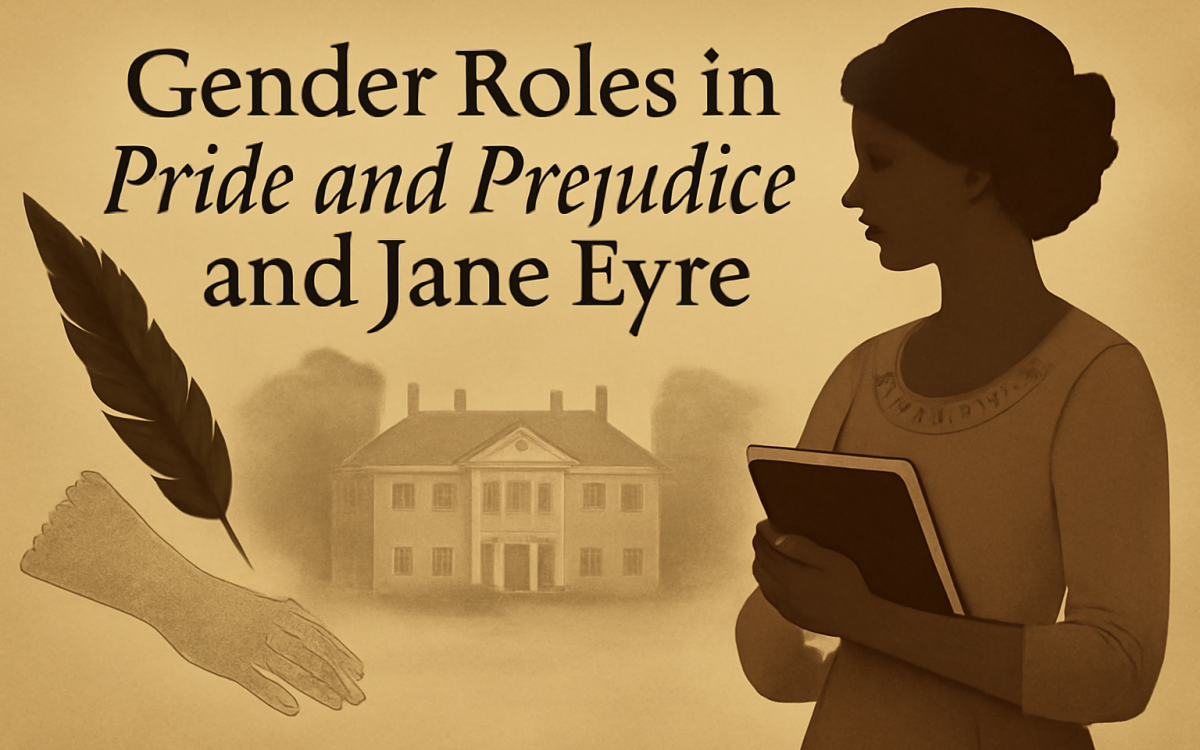
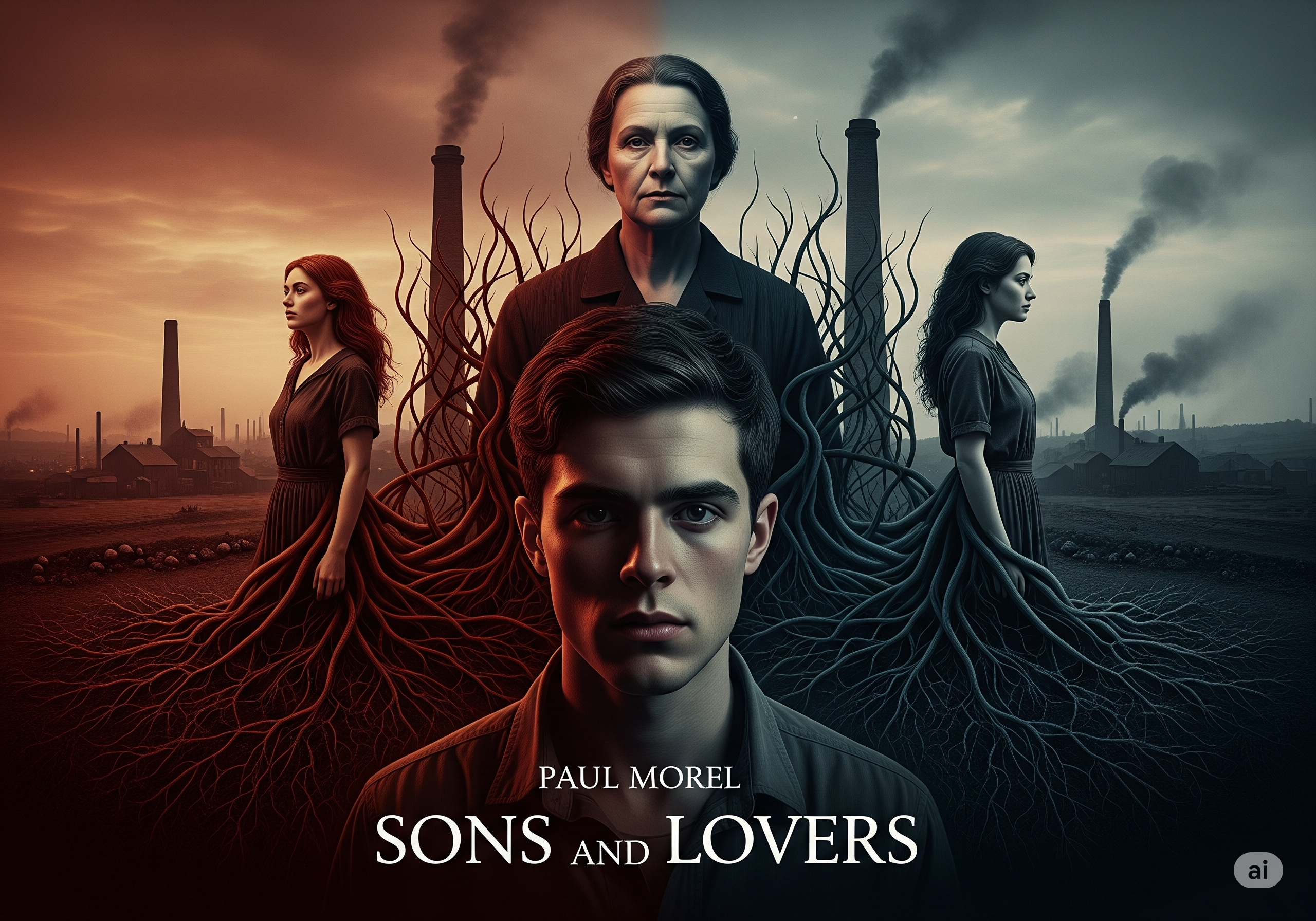
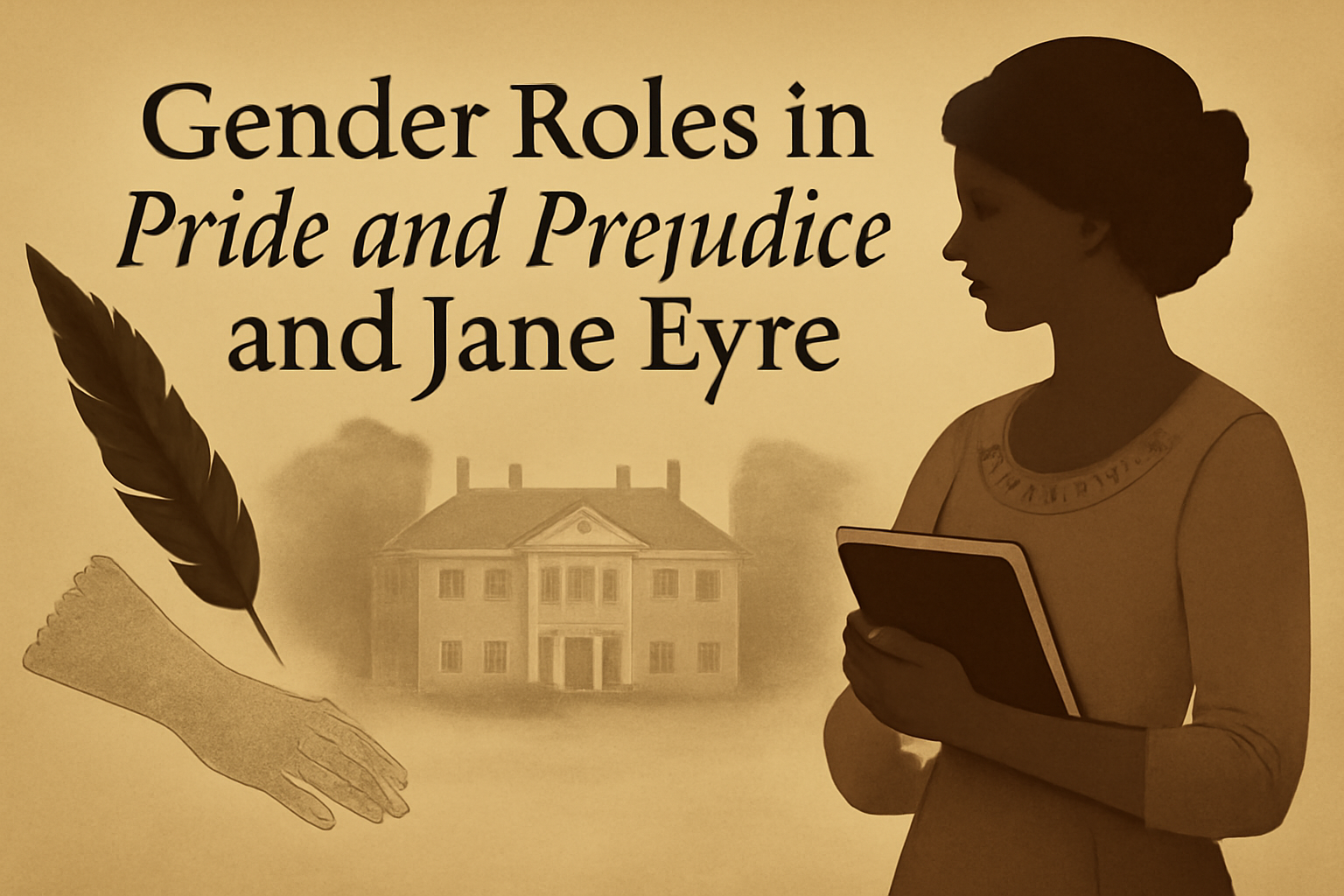
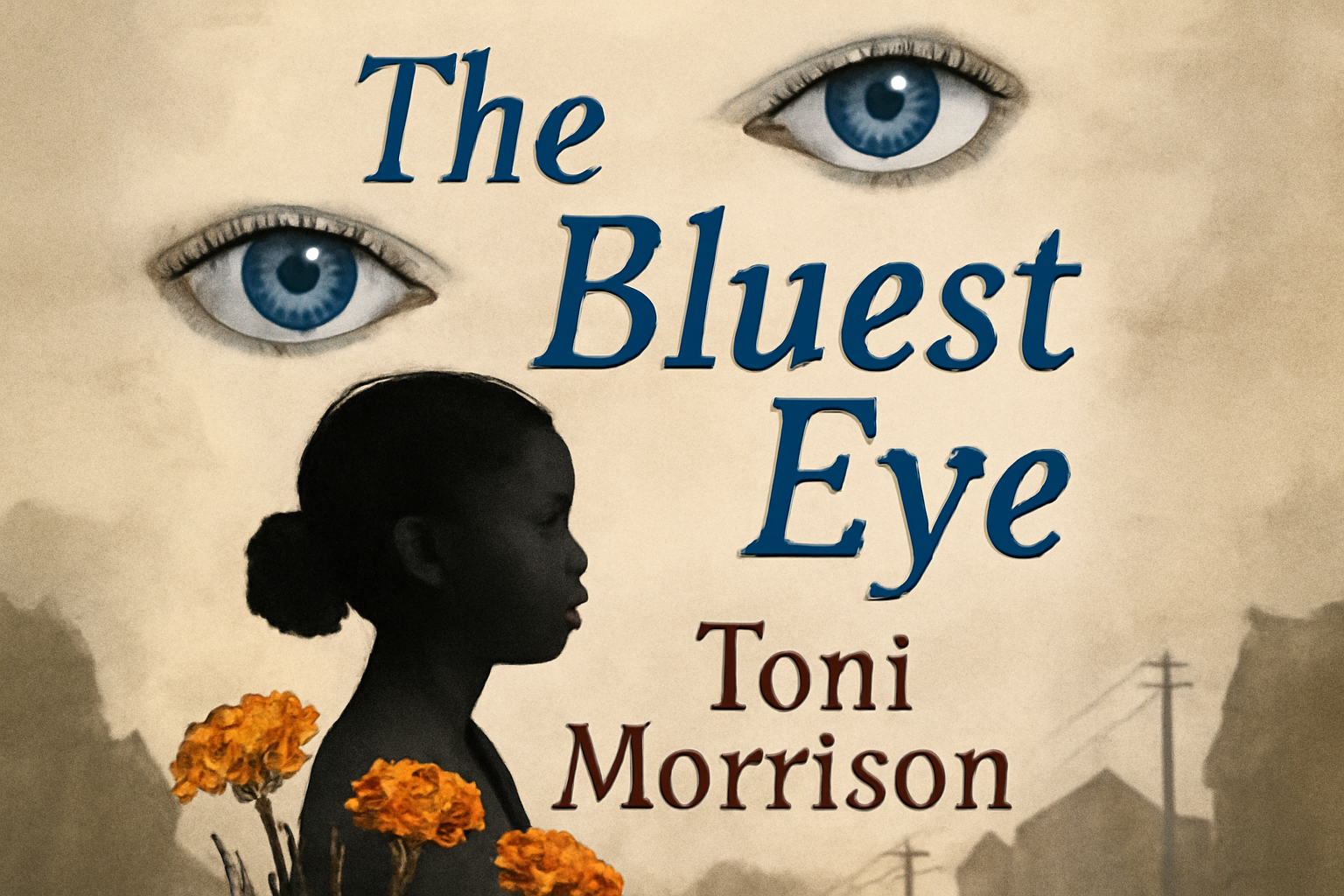
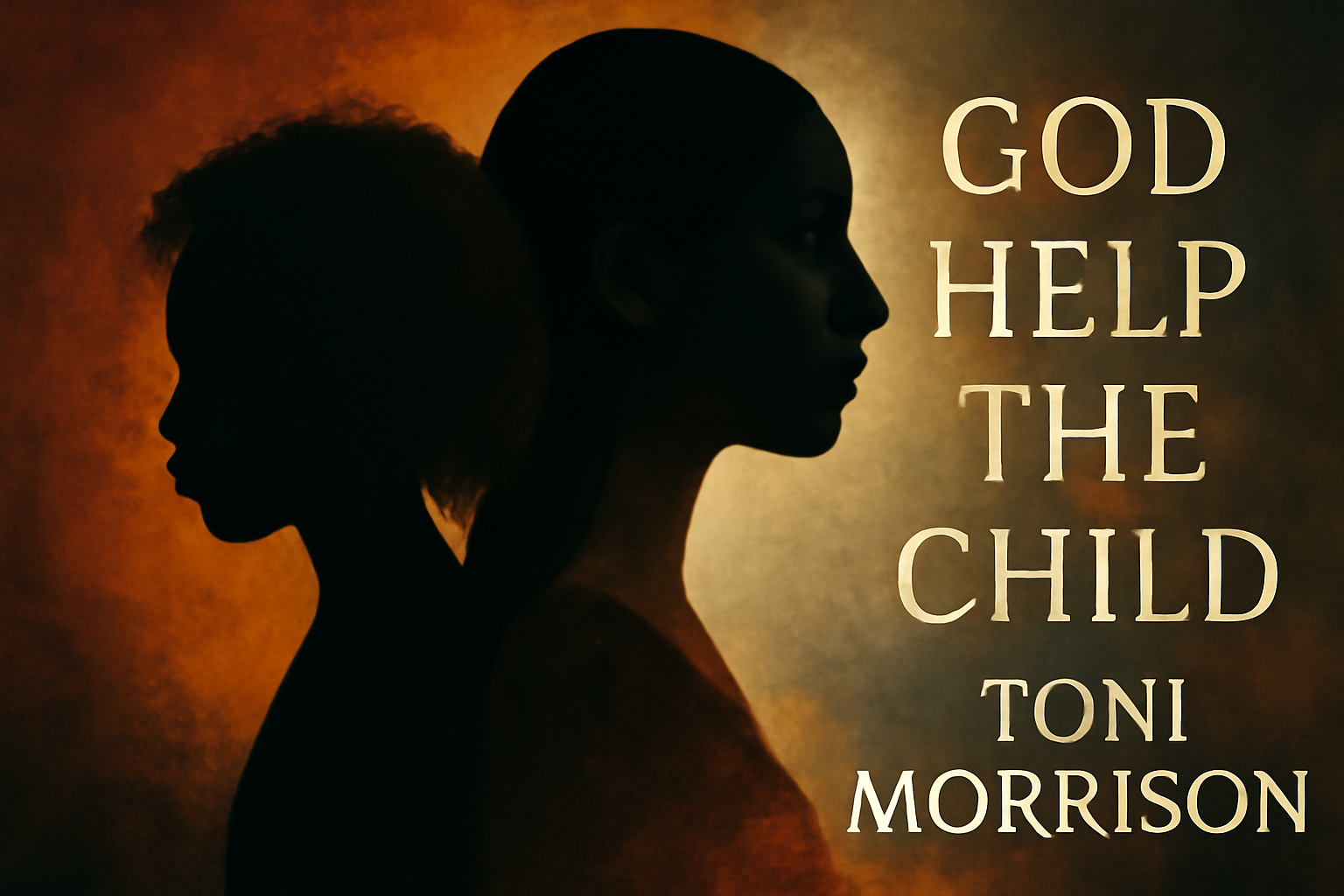
1 Comment
[…] What distinguishes Lawrence’s novel is not just what it says about families, but how it says it: with a lyrical yet unsparing honesty that forces even the modern reader to confront difficult questions. READ OTHER AUTHORS […]